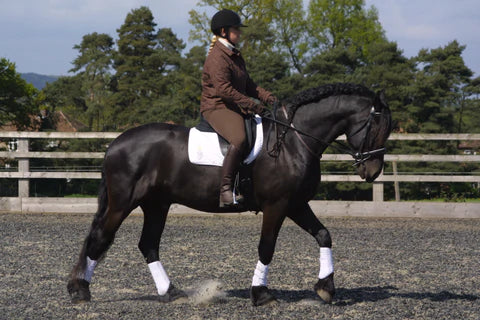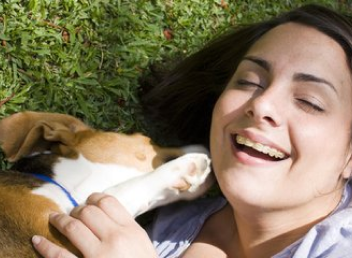After some unseasonably mild weather this autumn the temperature is finally starting to drop, and with winter on the near horizon many of our horses and ponies are sporting hairy, fluffy coats! This natural process of laying down a thicker coat can stand in the way of undertaking significant exercise, so for many horse owners it is essential to clip their equines at this time of year.
The type of clip depends on your horse or pony’s workload; if your equine competes or hunts regularly a full clip is usually required but for those horse’s that are in lighter work a trace, blanket or bib clip may be sufficient. If you have an elderly horse or one with a sensitive back leaving a saddle patch is wise!
Prior to clipping your horse it is sensible to bath your horse to remove the grease from their coats or where this isn’t possible conduct a thorough groom to remove all the mud and dirt which might get jammed in the clippers and blunt them.
Equipment wise to clip your horse or pony you will need a pair of large body clippers alongside a pair of smaller trimmers for the face, ears and those hard to reach areas. These types of trimmers are also quieter so they can be less ‘scary’ to your horse when you are working on sensitive areas!
Dull blades create more lines, make your clipper blade motor run hotter and force you to press down harder and clip the same area multiple times. So in order to keep your clippers running smoothly, ensure your clipper blades are the correct blades for the job and that they are freshly sharpened.
Now you have a clean horse, the right equipment and sharp, appropriate blades for a good quality clip you are ready to go!
It is important to choose an area to clip your horse which is calm and quiet and create a clutter free environment. You want your area free from any item which may create a tripping hazard for you or your equine should they spook,be afraid or misbehave during the clipping session. Select a safe stool or block to stand on where required and always allow yourself plenty of time to complete the clip.
Remember some horses do not enjoy being clipped or become nervous about the experience so it is sensible to have another experienced equestrian on hand to assist you where required. Horses are most ticklish on the belly near the stifle, by the elbows, on the legs, on the inside of the back legs and on the ears and surrounding area. As you work on these areas, be especially careful as a horse may spook or even kick out. Be patient. Clipping and trimming can be stressful for your horse and wherever possible try to minimise your horse’s stress at all times by limiting noise and disruption whilst you are clipping.
Coat and skin condition shows a real window into the general health of your horse. If your horse’s coat is dull, lacking vitality or if their skin is flaky and dry they are likely to be lacking vital Equine Vitamins and Minerals in the diet. These Horse Vitamins and Minerals play a multitude of roles within the body including supporting the immune system, comprising bone and teeth structure, assisting muscle functioning as well as optimising the skin and coat health.
Including a supplement in the diet such as Horse & Pony Multivitamins or Competition Horse Supplement from Scientific Nutritional Products is the ideal way to ensure your horse is getting exactly all the Vitamins and Minerals they need over the Winter.
Find out more today by visiting the website at www.horsesupplementsdirect.co.uk or contact the team on Tel: 01377 250105 A range of Equine Supplements and Canine Supplements including Glucosamine for Dogs are available from Scientific Nutritional Products so if you would like more information about the supplement range or to check out more of our informative and educational blogs.




